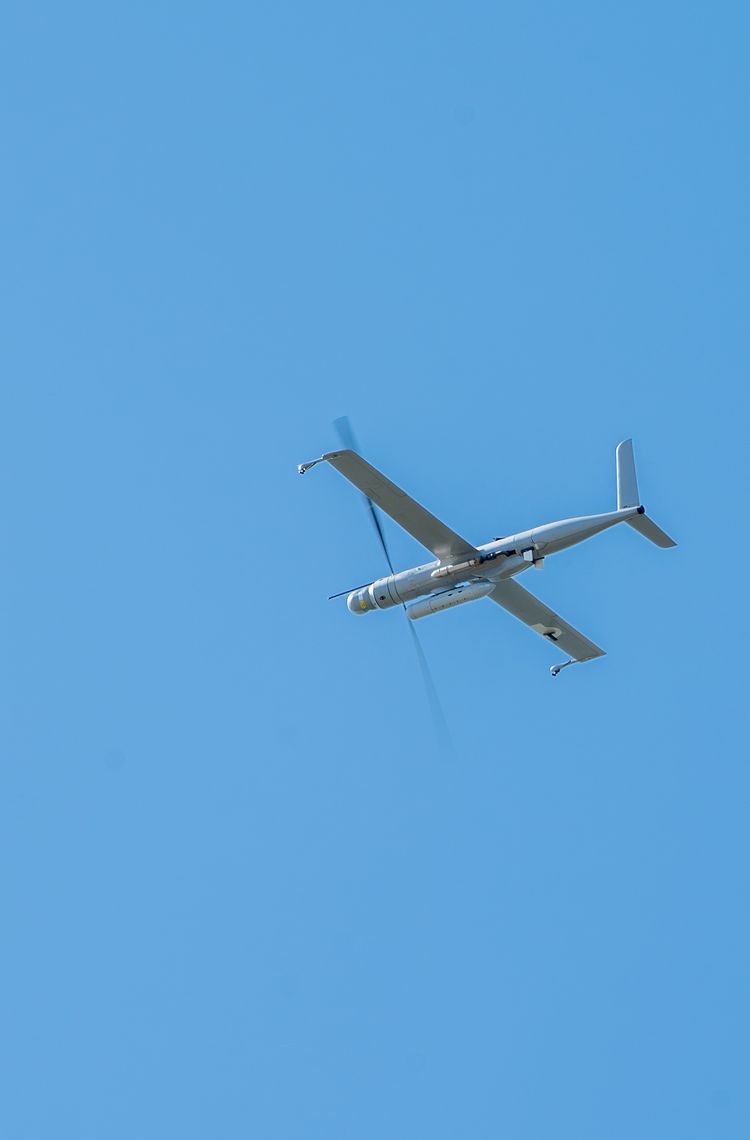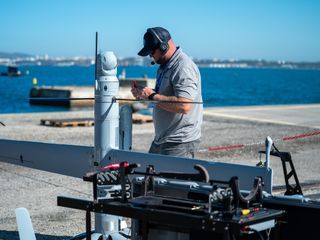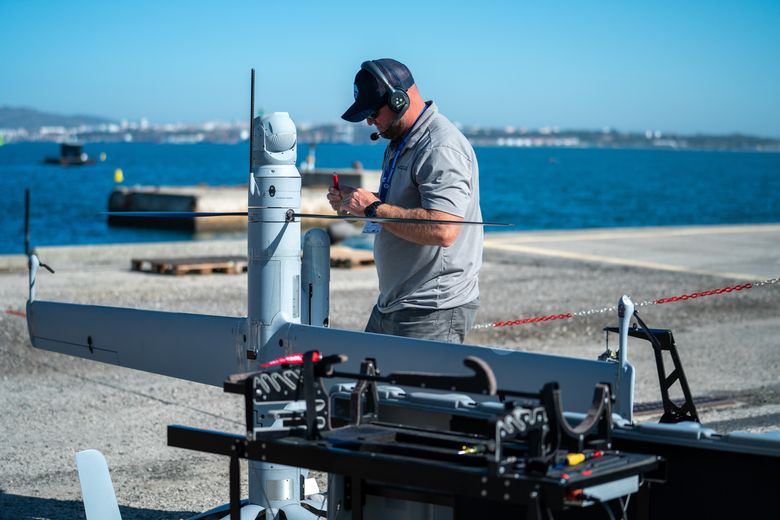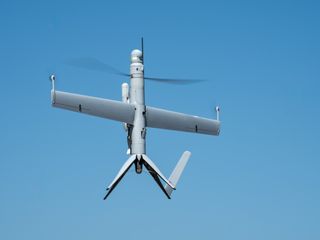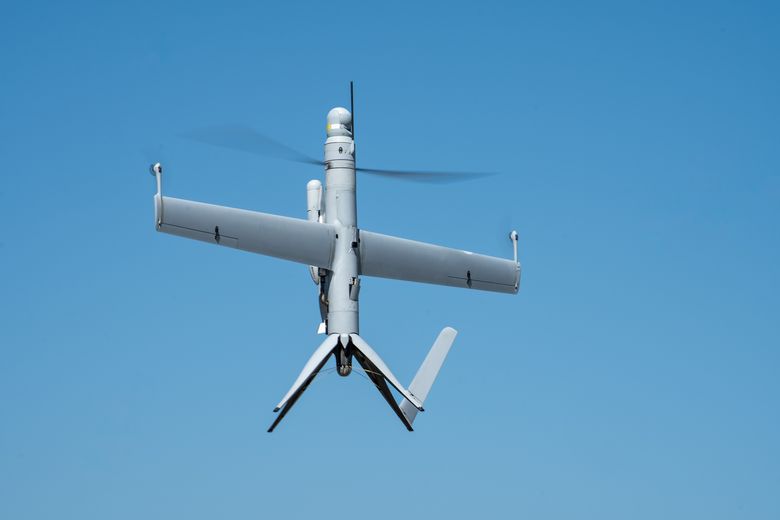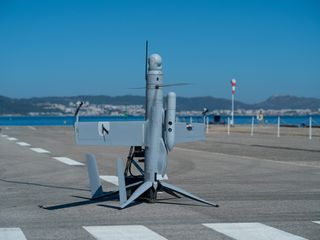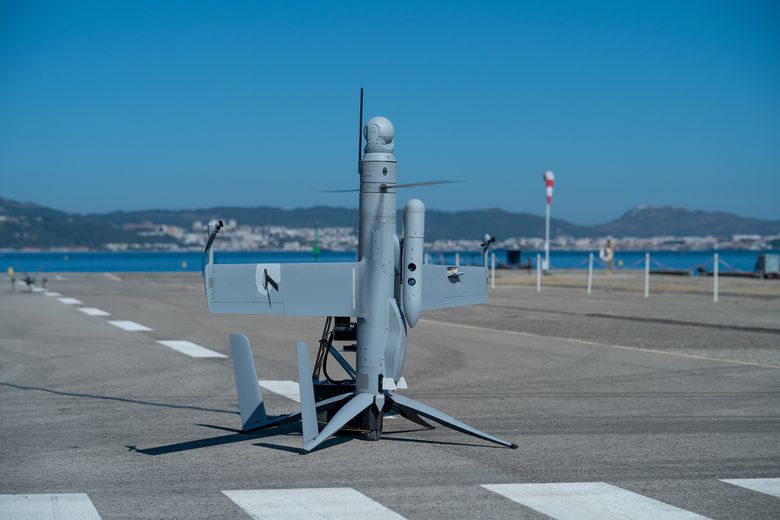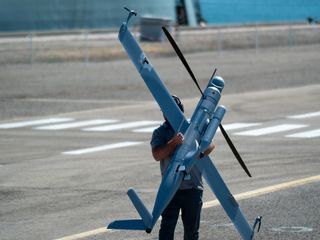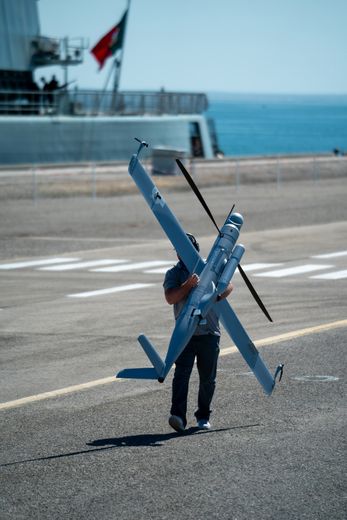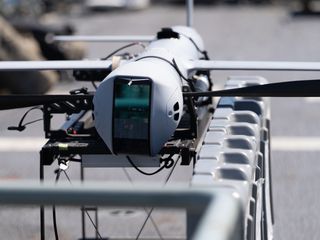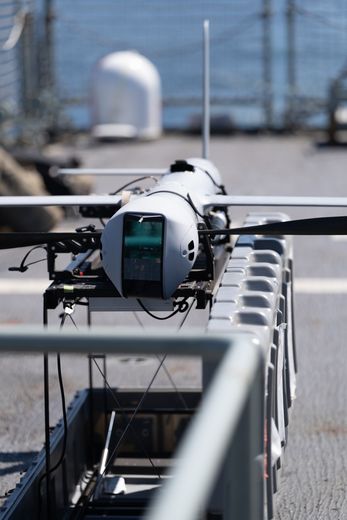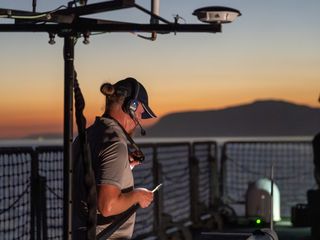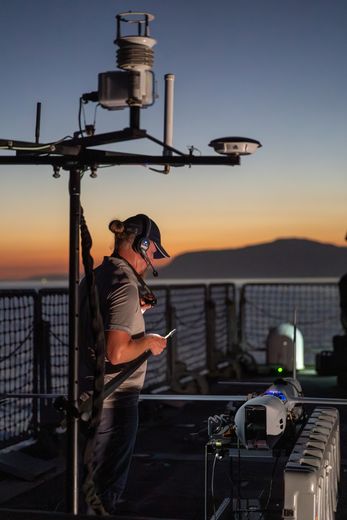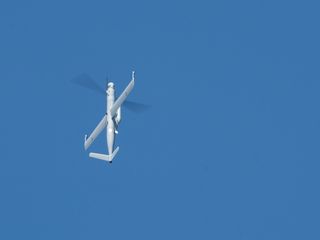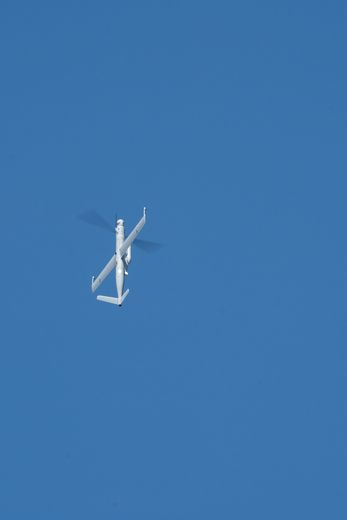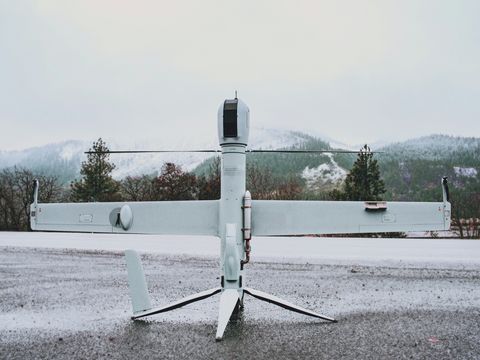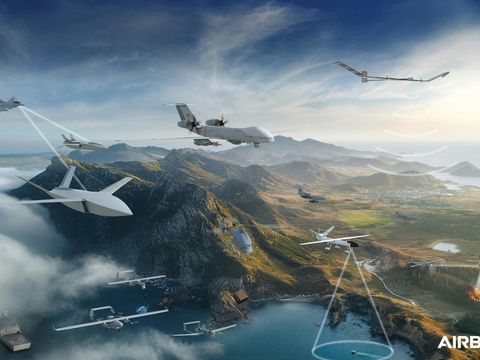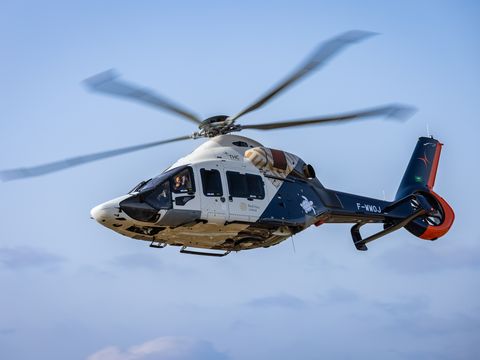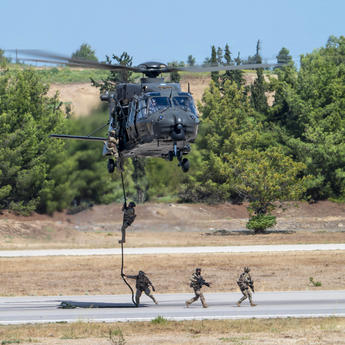Maritime defence and security is set to become increasingly interconnected and highly resilient, relying on collaboration between a diverse array of crewed and uncrewed assets. This mission requirement was recently tested during the 2025 edition of the Robotic Experimentation and Prototyping using Maritime Uncrewed Systems (REPMUS) exercise where the Airbus Flexrotor Uncrewed Aerial System (UAS) successfully demonstrated its essential role as an agile, reliable, and multi-mission force multiplier for naval operations.
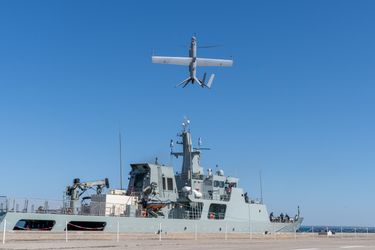
A seamless integration in the mission system
REPMUS serves as a critical moment to jointly assess improved operational configurations amongst operators, the industry and academia, with a view to integrating maritime uncrewed systems in operations and validating new tactics. Collaborating closely with the German Navy’s Commander Task Unit (CTU) and naval forces from Portugal and Spain, the Airbus Flexrotor achieved an exceptional level of performance and integration into the command and control chain. During the exercise, the Flexrotor demonstrated its ability to execute a full Intelligence, Surveillance, Target Acquisition, and Reconnaissance (ISTAR) mission in a collaborative scenario. Two different configurations were tested on this occasion: the Overwatch Imaging sensors were used to scan the water surface under the drone to localise, identify and report targets, whilst a nine-inch camera was integrated for more precise imagery, going beyond 7km, perfect for ISTAR missions. “The Flexrotor successfully performed missions with flight durations of more than 10 hours, being able to detect, identify, and then destroy targets,” said Oleg Pulzin, Marketing Manager for Flexrotor at Airbus Helicopters. “This proven capability of the aircraft to operate over longer distances in a challenging environment and provide reliable imagery from the target area is essential for future naval forces.”
At the height of versatility and endurance
The Flexrotor’s performance was defined by its resilience, agility and versatility across a broad range of demanding missions. Its remarkable range enabled continuous coverage for more than 10 hours during a live-fire exercise, asserting its status as the asset of choice for high-complexity ISR missions. This included a mission where a loitering munition was successfully guided to a target using coordinates provided in real-time by the Flexrotor. The drone successfully performed above water warfare missions ranging from day-time coastal surveillance, assess and engage scenarios and shore-based harbour protection to complex night-time ship-based amphibious missions and the monitoring of boarding operations at sea. Integration proved seamless, with the establishment of a direct connection between the Flexrotor ground control station and the German Battle Management System “MESE”. As a result, the Flexrotor was able to share live video streams and position data with all participants, providing a detailed overview of the targets located and identified on the surface. Thanks to its reduced footprint, enabling rapid set-up and launch all in under 30 minutes, the Flexrotor successfully took-off and recovered from a Portuguese patrol vessel, instantly linking its ground control station to the ship's battle management system and streaming real-time video to the bridge.
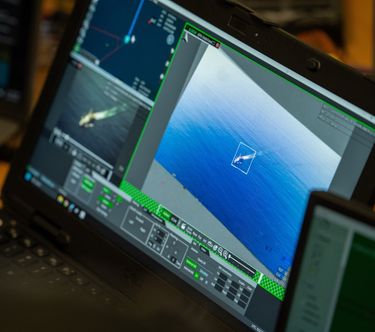
Operational resilience in challenging conditions
Crucially, the system proved its mettle in the face of environmental challenges that contributed to degraded operational conditions. The aircraft maintained its connection to the command and control unit without any loss despite a highly congested electromagnetic environment caused by the presence of numerous other electronic systems. This reliability was also demonstrated in harsh weather conditions, with the platform successfully performing take-offs and landings in gusting winds up to 25 knots and flying in areas with thunderstorms, precipitation and Degraded Visual Environments (DVE) like mist and night-time conditions. Over the length of the exercise, the Flexrotor clocked in a total of 50 flight hours. “We demonstrated the capability of Flexrotor to be deployed quickly - airborne within minutes - and its ability to operate for longer missions in a highly congested electromagnetic environment,” Pulzin noted. “The resilience of the aircraft is the most essential capability demonstrated here, ensuring we can provide critical information when and where operators need it most.”
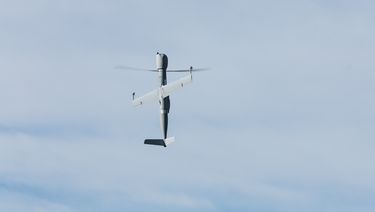
Media gallery
Flexrotor at REPMUS 2025
